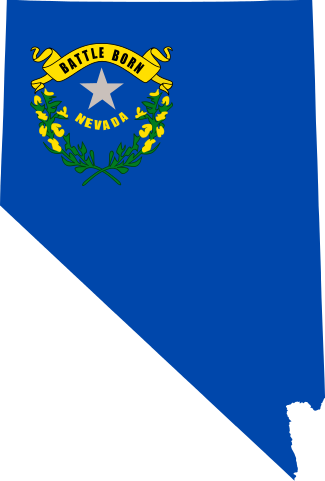
A three-year legal battle concluded this week when the Nevada Public Employment Retirement System (NVPERS) agreed to release extensive data on its members, including benefits, in compliance with a state Supreme Court order from April.
The data to be released, according to a NVPERS notice (also embedded at the bottom of this post):
-Date of hire
-Date of termination
-Date of retirement
-Retirement option
-Employer name
-Contributions to system
-Service credit
-Beneficiary information
-Gross benefit amount
-Base retirement amount
-Adjustments to base
-Post retirement increase amount
-Retirement stop date and reason
-Marital status
-Fund status
-Gender
The court order forces a stark change in policy for a retirement system that had kept a notoriously tight grasp on its member and retiree records since the 1970s.
But a state Supreme Court order—an order issued last December but not clarified until this month—made it clear that, while individual retiree records will remain confidential, any reports based on that data produced by NVPERS are not confidential. In the words of the court:
Where information is contained in a medium separate from the individuals’ files, including in administrative reports generate from data contained in individuals’ files, such reports or other media is not confidential merely because the same information is also contained in individuals’ files.
That means NVPERS now must turn over what it calls its “actuarial feed”, or the detailed reports—containing substantial amounts of member data—it gives to its actuarial consultants. The consultants use the data to determine benefits and make projections.
More on the “actuarial feed” from WatchdogWire:
The agency described the “actuarial data feed,” which now is to be made public, as “an extensive report always thought to be confidential between the System and our actuarial consultant protected through a confidentiality agreement which has now been determined in part to be public information.”
Geoffrey Lawrence, director of research and legislative affairs at the Nevada Policy Research Institute, said the data-feed information is vital if researchers are “to build a clear understanding about how public pension liabilities have accrued in Nevada.
…
Under Nevada public records law, personal information remains confidential. Thus, PERS emphasized, it “will NOT release any Social Security numbers, contact information (addresses, phone numbers, or email addresses), bank information, or minor child information.”
This legal fight began in 2011, when the Reno Gazette-Journal filed a public records request asking NVPERS to release data on its members, including benefit payments and work history.
NVPERS denied that request, a move consistent with the System’s long-standing interpretation of the Nevada Public Records Act—the interpretation being that all individual member and retiree records are confidential.
The Gazette-Journal subsequently filed a petition to bring the case in front of a District Court. The court eventually ruled that NVPERS did indeed have to turn over the names of its retirees and the benefits they receive, among other data.
NVPERS appealed that decision all the way to the state Supreme Court, which issued its ruling in December. But NVPERS requested another hearing, held in April, to have the court clarify exactly what records it wanted NVPERS to disclose.
The results of that hearing were released just this month.
The data to be released by NVPERS can eventually be found on Transparent Nevada.
[iframe src=”<p style=” margin: 12px auto 6px auto; font-family: Helvetica,Arial,Sans-serif; font-style: normal; font-variant: normal; font-weight: normal; font-size: 14px; line-height: normal; font-size-adjust: none; font-stretch: normal; -x-system-font: none; display: block;”> <a title=”View NVPERS Public Notice on Scribd” href=”http://www.scribd.com/doc/235555892/NVPERS-Public-Notice” style=”text-decoration: underline;” >NVPERS Public Notice</a></p><iframe class=”scribd_iframe_embed” src=”//www.scribd.com/embeds/235555892/content?start_page=1&view_mode=scroll&show_recommendations=true” data-auto-height=”false” data-aspect-ratio=”undefined” scrolling=”no” id=”doc_60316″ width=”100%” height=”600″ frameborder=”0″></iframe>]
Photo by Bruce Fingerhood via Flickr CC License


